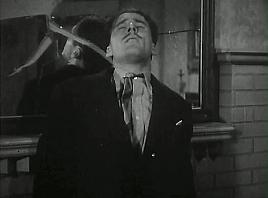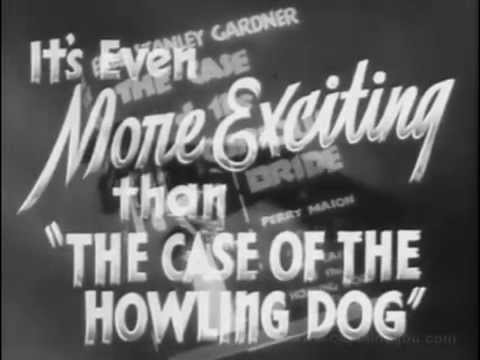— Tim
Archive for February, 2017
His Dream of Happiness
Fencing with the Stars >>>Back to the Source
Parrying on from where where PW began and Flynning off of sabreheinz’s Swashbucklin’ Like Flynn
Whether it’s Errol in Robin Hood or Mel in Braveheart, Hollywood has always had a love affair with historical characters who fight with swords ….
champions.co/p/watch-everything-you-know-about-sword-fighting-from-movies-is-wrong/4209150…
— Tim
Swashbucklin’ like Flynn – The Duellist
In an otherwise definitive round up of non-Errol swashbucklers, I am surprised no-one has mentioned the ‘The Duellists’ (1977), which was winner of The Cannes Festival Best Film Debut. It starred Keith Carradine and Harvey Keitel and was the first movie directed by Ridley Scott.
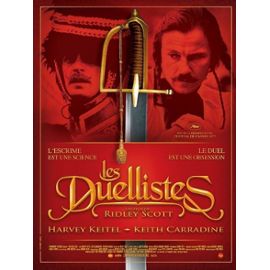
‘The Duellists’ is notable for containing the longest duel in film history. Only Errol wouldn’t have been Flynned alive in this picture. The story is based on a Joseph Conrad novella, The Duel, which in turn was based on an incident reported in a French newspaper in the 19th century.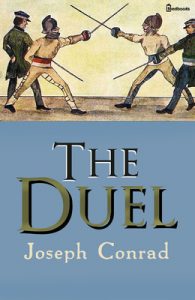
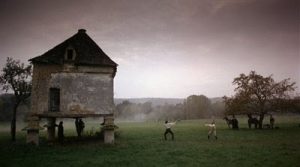
It concerns two officers in Napoleon’s Hussars, Lt. Armand D’Hubert (Carradine)and Lt. Gabriel Feraud (Keitel), who first meet in 1800 and fight an inconclusive duel with rapiers. Their rivalry intensifies as they find themselves on opposing political and romantic sides, and whenever they chance to meet they take up their duel where they left off. This continues for fifteen years, until Carradine finally decides to spare Keitel’s life.
Errol would have loved the film poster’s stand first: ‘Fencing is a science…loving is a passion….duelling is an obsession.’
Below, Carradine and Keitel (it’s only just beginning…)
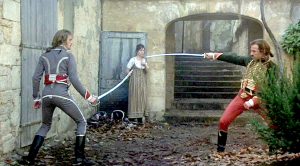
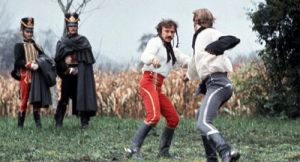
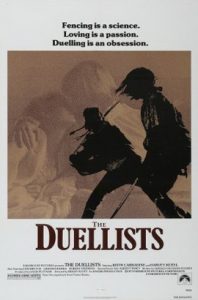
— PW
Flynnian actor?
As we are still sitting on the fence, as it were, I thought I would pose this question? Who is this sword-handy Flynnian-looking actor, and what was his real Christian name? (Clue: He appeared in a film that included a memorable fencing scene.)
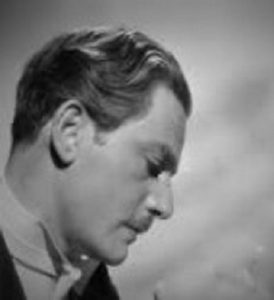
— PW
What British Dance Band?
What Famous British Dance Band was featured in a movie with Errol?
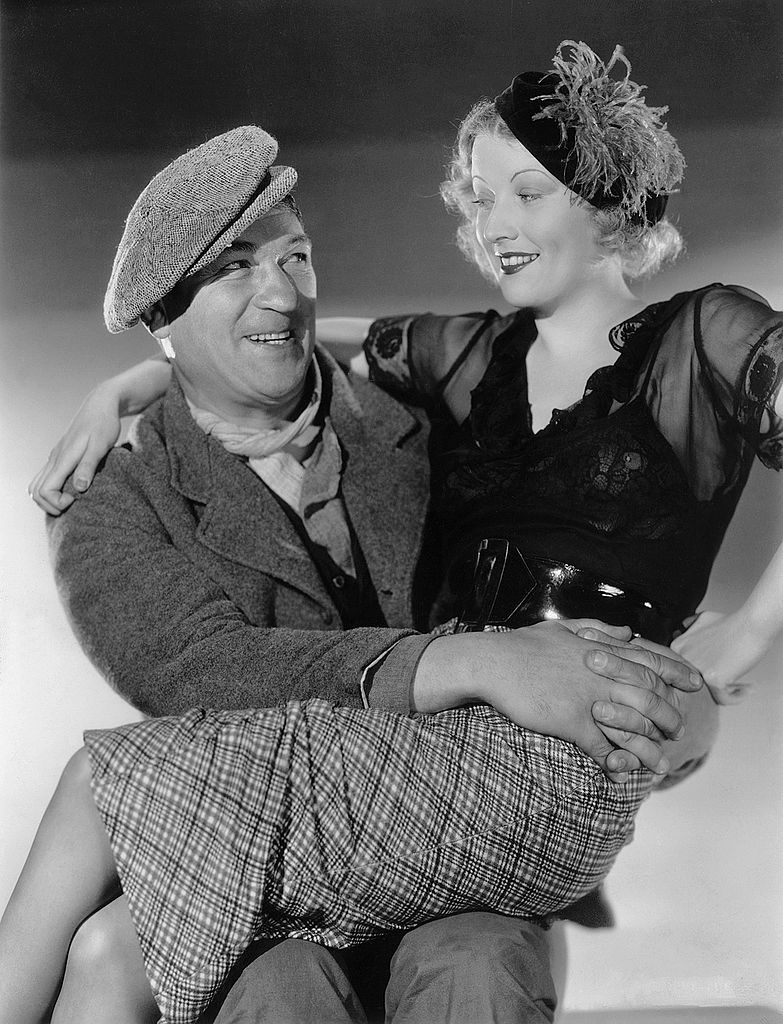
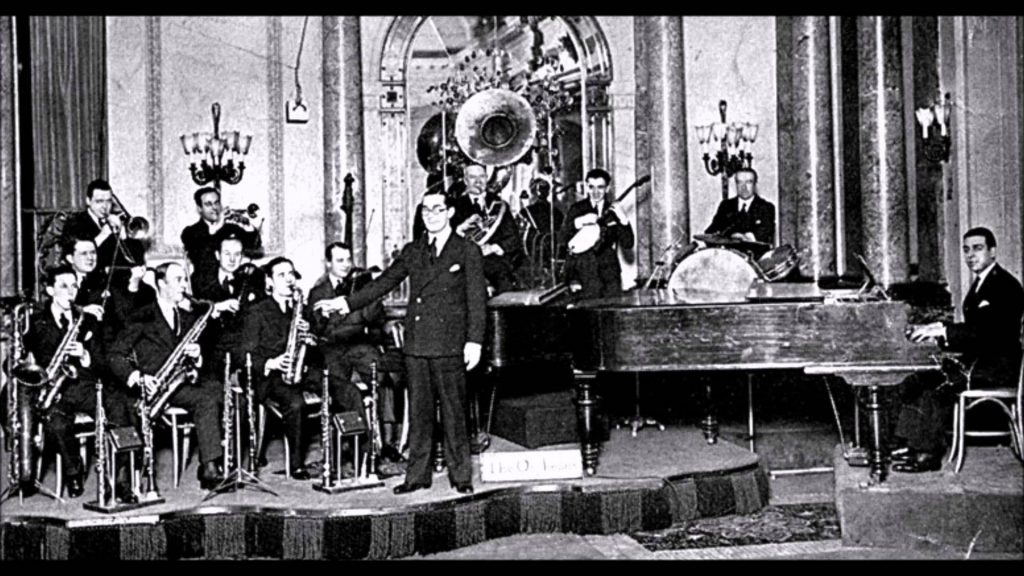
— Tim
Swashbucklin` like Flynn
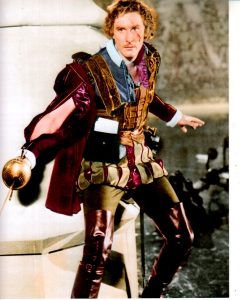
Dear fellow Flynn fans,
we were fencing back and forth about the paramountal prowess of our Hollywood hero lately.
There were many contenders for the throne of swashbuckler debonair and some very good cloak and dagger films made without Errol. Yet one can envision him guiding in spirit the blades and tongues of the cavaliers that came after him. Flynniards, I summon you to post your favourite films, where Flynn wasn´t in, down below and am looking forward regally to your rapier recommandations.
En garde,
— shangheinz
The Nevers Attack (Fencing around Flynn 2)
One of the greatest films made about fencing, and a must for all Flynnianados, is the 1990s French film, ‘Le Bossu’. I always give the French credit when it’s due, because it hardly ever is.
Based on the 1858 historical novel, Le Bossu by Paul Feval, set in 18th Century France, there are two adaptations. The first was made in 1959, with Jean Marais, Andre Bourvil, and Sabina Selman.
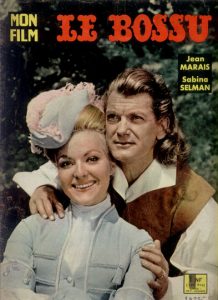
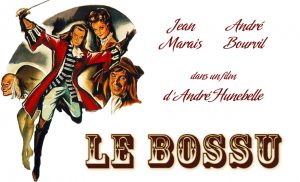
But the film to which I refer is the second, superior adaption of 1997, starring Daniel Auteil, Marie Gillain and Vincent Perez. (See film poster, below.)
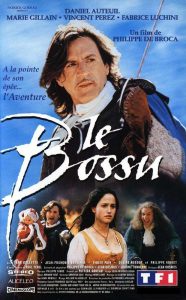

Above right, Auteil and Perez (Perez is wearing the splendid red tricorn).
The plot concerns a swordsman, Henri Lagardere (Auteil), who challenges the Duke de Nevers (Vincent Perez) to a friendly duel in the hope of discovering the secret of the lethal ‘Nevers Attack.’ The opening scene is set in France’s premier fencing academy and is one of the most exhilarating and diverting beginnings to a film since Errol unbuckled his swash.
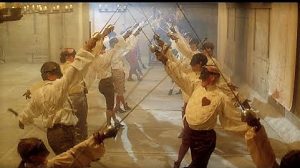
The two men become friends and the Duke teaches Lagardere his fencing manoeuvre. Soon after, Nevers marries his pregnant mistress, Blanche, but, on the day of the wedding is murdered by his evil cousin, the Comte de Gonzague.
(The Comte is a villain to rival Basil Rathbone in sheer malice, and is played to the hilt, as it were, by Fabrice Luchini, who adds his own dash of sexual perversion.)
As the Duke dies in his friend’s arms, he makes Lagardere swear to avenge him and to care for his infant child, who, to the latter’s consternation turns out to be a girl, Aurore.
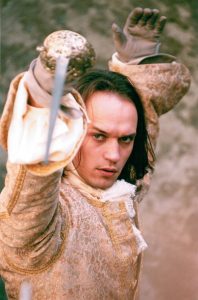
Perez demonstrates the Nevers Attack. Below, the deliciously evil Comte de Gonzague.
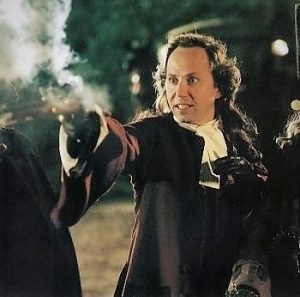
Errol would have loved this film, for it incorporates so many of the elements of his best swashbucklers – a period setting, witty dialogue, good old fashioned villains, beautiful and aristocratic maidens and the perpetual fight for justice in a world ruled by the rich and high-born.
There is also a touching romance – between Aurore, as she grows into a beautiful young woman, and a wary Lagardere. Played by the classically lovely Marie Gillain, here is a heroine in the spirit of Livvie, who can use a sword almost as deftly as the hero.
(Marie Gillain as Aurore, pictures 1 and 3, and Olivia on the set of ‘Captain Blood’, picture 2.)
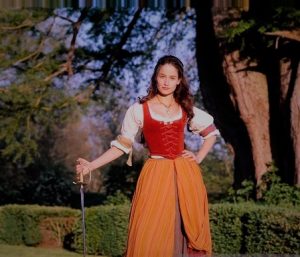
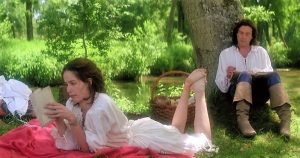
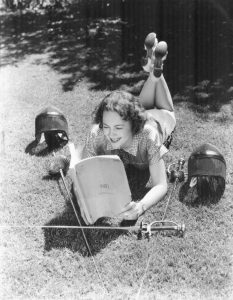
‘Le Bossu,’ which means ‘the hunchback’, (I won’t spoil the film by explaining how the plot turns) had its name changed to ‘On Guard’, when it was released in America. Don’t ask me why. There may have been a hunchback protest, as Monsieur le Comte has a bit of a thing for them. Perhaps hunchbacks are le vice Francaise? I know they are not le vice Anglais, because the French always claimed that was spanking. Neither are they le vice Allemande, which the French said was buggery.
Nonetheless, The New York Times praised the movie’s ‘unabashed gusto’ and another prominent critic calls it ‘one of the best swashbucklers in movie history.’ Auteil’s performance is ‘simply wonderful’… ‘his compact build and the precision he has always brought to his physical movements make him particularly suited to the elegant brio of the fencing scenes.’
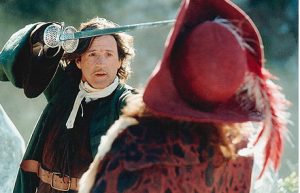
I first saw ‘Le Bossu’ when it was released in the UK and I revisit it again and again, as I do, though not as much, of course, ‘Captain Blood.’ It has a similar joyousness about it, leavened by tragedy, and Auteil, in my view, is one of the most engaging and complex actors of his generation.
It’s a shame he doesn’t look like Errol, but he has a sex appeal that is all his own. And you know what they say about men with large noses.
Here is a taster….enjoy!
— PW
Fencing around Flynn
I started taking fencing lessons five years ago, a neophyte to its beauty and tradition. What an elegant and civilised ritual of redress, and how perfectly Errol personified this on screen.
Sadly, real fencing is not nearly as graceful or enthralling. The position of the body is different, the silhouette less pleasing. I was asked why I held my left arm behind me? ‘I’m copying Errol,’ I replied. (See his left hand as he duels in ‘The Sea Hawk’, below.)
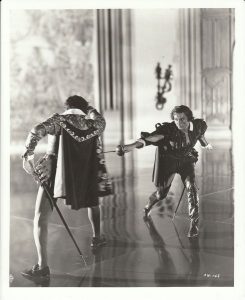
There was a moue of distaste from my teacher:’ Your left arm should be in a sideways position, and the hand should hang forward, as if you were resting it over a stool.’ Swordplay in films, he went on, is ‘incorrect.’ It is ‘overly broad and filled with anachronistic and idiotic techniques.’
I gave up my fencing lessons in the face of such unromantic realism and myopia. To compare film fencing with real life fencing is like comparing a Rembrandt with Instagram.
Film fencing is designed to create a beautiful and exciting effect. And when it is done well, that itself is enough. Nonetheless, the greatest celluloid fencers knew what they were doing, and some studied under masters. A certain amount of technique was a requisite.
There has already been some debate amongst us Flynnsters as to whom was the greater fencer – Errol, Basil Rathbone or, principally because of the climactic duel in ‘Scaramouche,’ Stewart Granger?
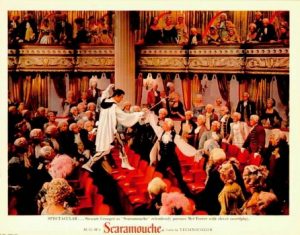
If the duels had been real, Basil Rathbone would have killed Errol and Granger, probably at the same time. (Rathbone could have fenced professionally and was taught by both Felix Grave and Leon Bertrand.) He knew how good he was, and once remarked that though Errol would always get the girl, he would always be able to skewer Errol through the heart.
‘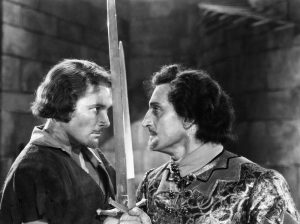
But let’s not forget Ronald Colman and Douglas Fairbanks Jr in the first and best film version of ‘The Prisoner of Zenda’ (1937). Like his father, Doug Jr had a wonderful insouciance and agility that made him a mesmerising swordsman on film. Ronald Colman is equally good in a ‘quieter’ fashion.
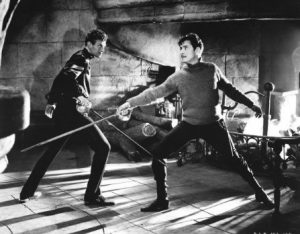 Doug Fairbanks Jr and Ronald Colman in ‘The Prisoner of Zenda.’
Doug Fairbanks Jr and Ronald Colman in ‘The Prisoner of Zenda.’
Then there was Robert Donat, whose whole look and style was curiously similar to Errol’s. He was even intended for the lead in ‘Captain Blood.’
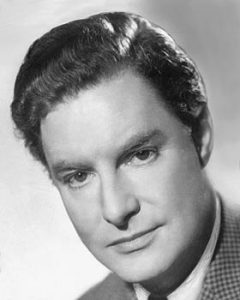
Donat was a beautiful actor and a beautiful man. But, like Errol he was prone to illness from a relatively young age. Alexander Korda, who discovered him, used to send Donat to a London specialist, who also treated my grandmother. Donat had chronic asthma and could not complete action scenes, though he uses a sword very gracefully in ‘The Count of Monte Cristo’ (1934), and sometimes whole films had to be halted.
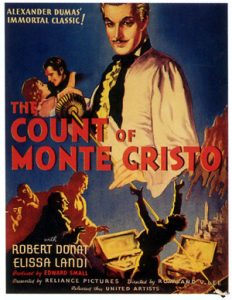
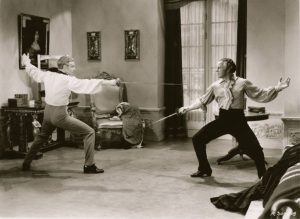
Also noteworthy, though of a different era, is Daniel Auteil in ‘Le Bossu’, a 1990s film that revives the traditions of the swashbuckler. Auteil’s duelling is highly dramatic, particularly when he executes a secret and lethal manoeuvre called the ‘Nevers Attack.’
Yet there is one major star we haven’t mentioned as a nominee for the title of greatest film fencer. And it may be a glaring omission. This actor is of a similar vintage to Errol and Stewart Granger and is deceased. So let’s have some fun and try and guess who he was. In esse, this is a quiz question. Clues below.
Clue 1: Basil Rathbone said he was the greatest fencer he had ever worked with in his entire film career, remarking, ‘after a few weeks of instruction, he could completely outfight me!’
Clue 2: The man in question was not known for playing swashbuckling roles.
Clue 3: He reached the peak of his fame in the 1950s. His co-stars, aside from Rathbone, included Paul Henreid, Boris Karloff and Yul Brynner. Leading ladies included Gene Tierney and Barbara Bel Geddes.
Clue 4: He often performed on stage.
Clue 5: Women’s hats.
— PW
Flynn Noir?
Did Errol ever star or appear in any Film Noir? A question, not a quiz. What do you think, Flynnmates?
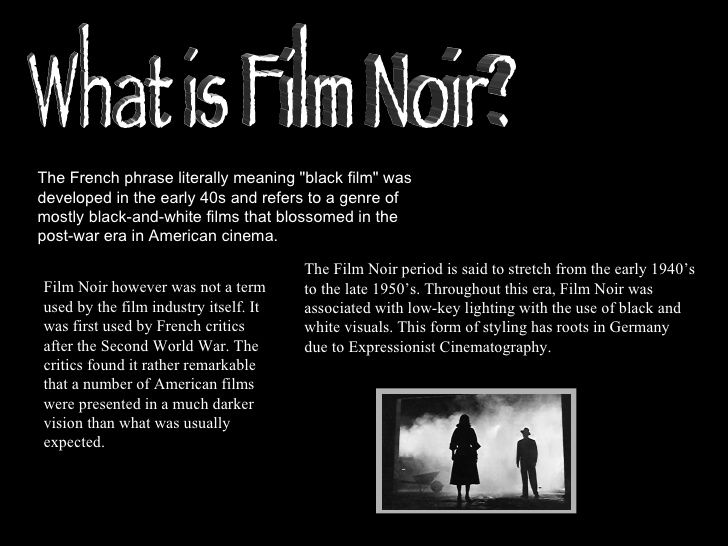
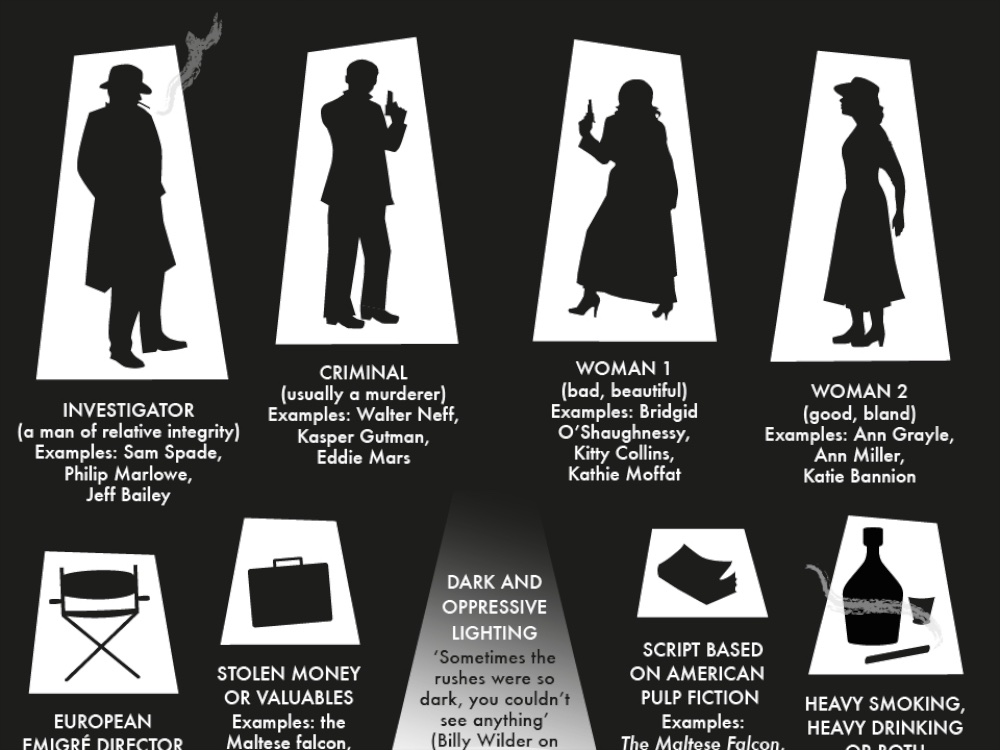
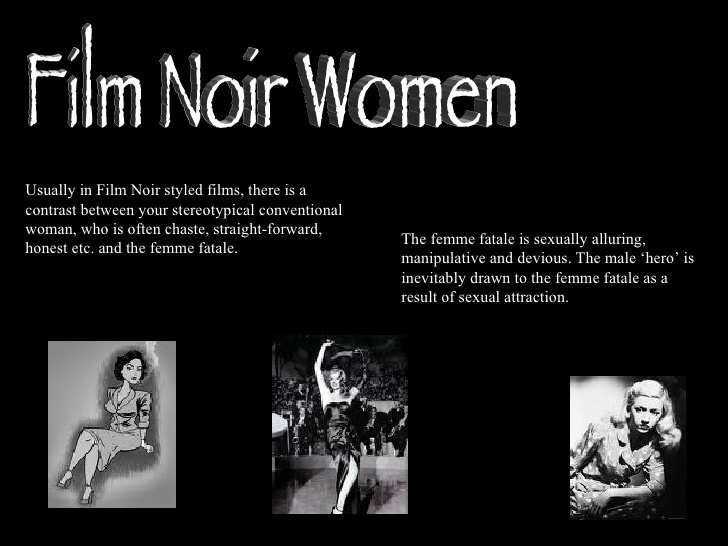
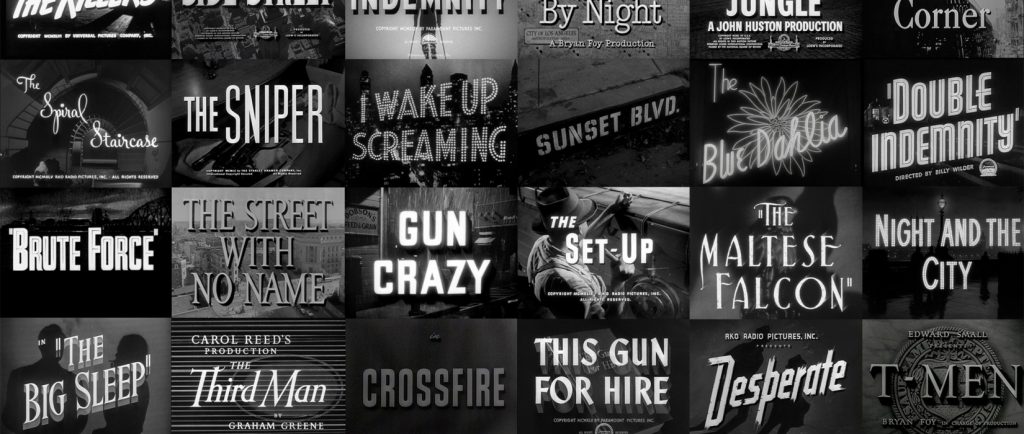
And from the Flynnvestigative files of our man shangheinz, we have this mystere noir from The Lady from Shanghai.
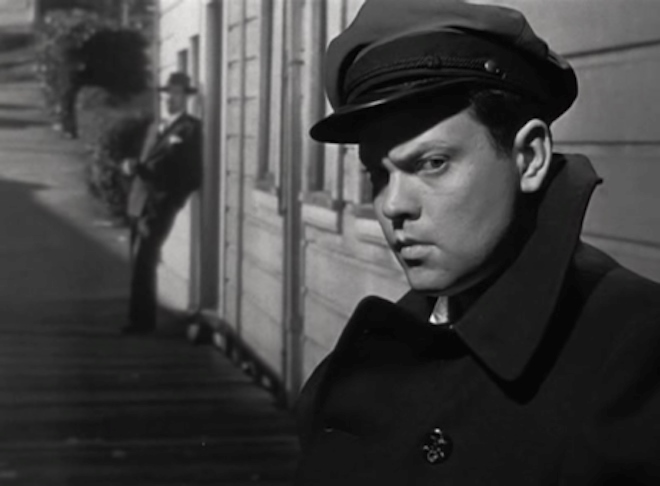
— Tim
